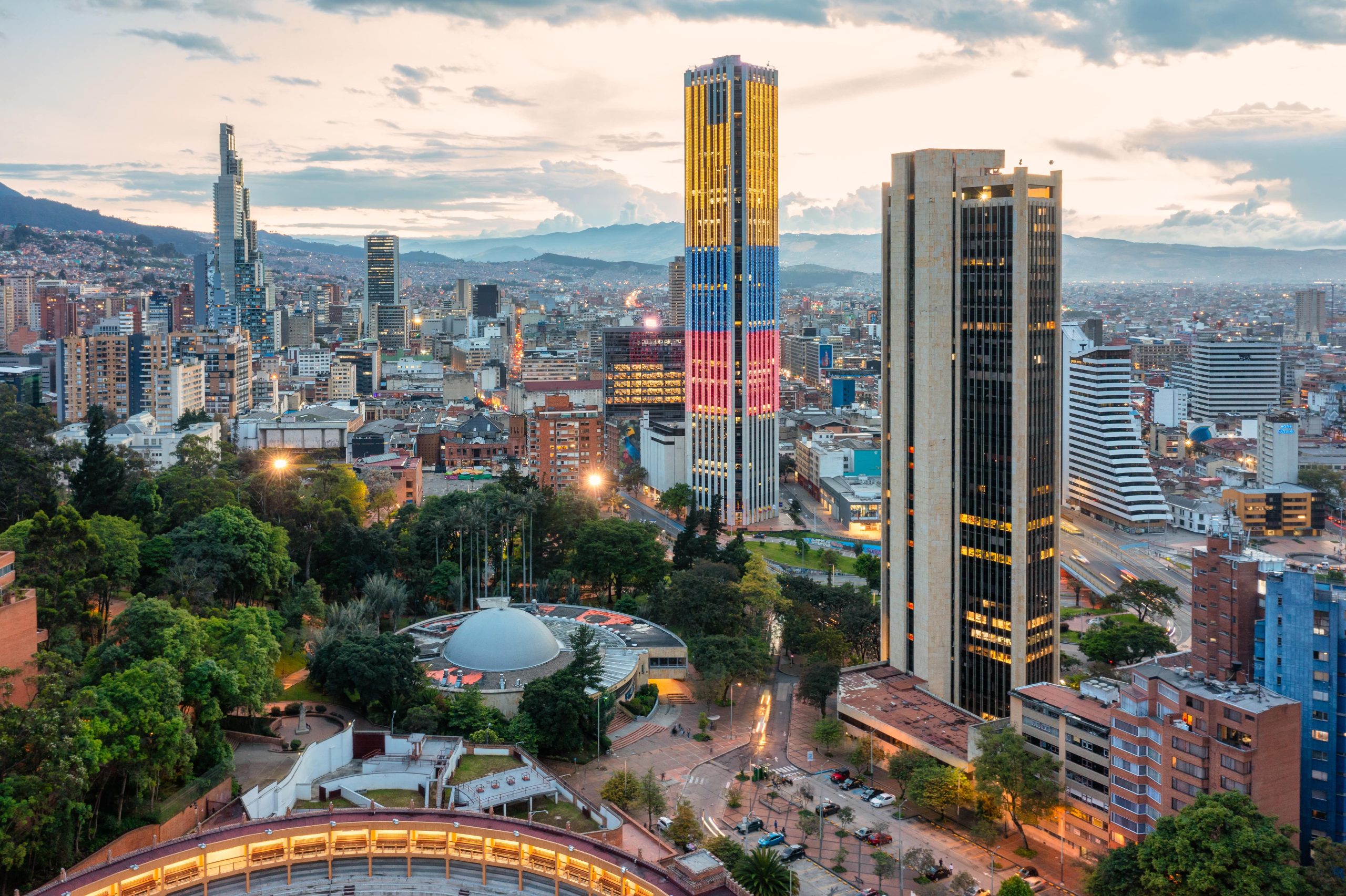Colombia’s First Hydrogen-Powered Buses Experience Continued Delays

The rollout of Colombia’s first wave of hydrogen-powered buses has fallen victim to continued setbacks and delays, director of the National Factory of Bodyworks (Fanalca) Eduardo Cando has revealed.
The project, announced a year ago by the then-Minister of Mines and Energy Irene Vélez, promised to be a major step forward in Colombia’s aim to reduce carbon emissions and eventually reach its net-zero target.
The buses would be a ‘revolution’ for the capital city of Bogotá, carrying up to fifty passengers for up to 450 kilometres.
Despite complications, the Ministry of Mines and Energy remains optimistic for its future
However, despite significant progress on the initial stages of the project – including the reveal of a functioning prototype bus in March last year – its release has been delayed by both technical and bureaucratic difficulties, including adaptations for the buses’ cooling systems for the local climate, issues obtaining permits for its circulation, and a lack of agreed regulations for the testing of hydrogen vehicles in the country.
Another sticking point for many is the initial high costs that may come with running a fleet of buses powered by H2 fuel cells: a kilogram of compressed hydrogen currently costs approximately $27,000 (USD), which the project buses consume every 18.5 kilometres, according to Cando.
Despite this, the project is hoped to be favourable economically in the long term. According to Dr. Martha Cobo, a researcher at the University of La Sabana, “it is expected that by 2035, the costs of hydrogen production will already be competitive with electric batteries.”
The promises for a hydrogen-powered bus system have already been realised in Spain, which has built a fleet of ten such vehicles in Madrid. Crucially however, the cost of each bus in Spain is approximately ten times more expensive than a non-hydrogen vehicle.
A cost that has been offset in Colombia thanks to its ‘local assembly approach’ where three separate companies (Transmilenio, Fanalca, and Green Móvil) collaborate to oversee the project.
A third-party evaluation of the buses is still yet to take place, with a Fanalca spokesperson confirming that the results would be made public shortly thereafter.
The future of Bogotá’s buses
At the same time the buses are being tested and adapted, the project also demands the construction of charging stations to keep the buses powered.
Each station, which will reportedly house enough power to charge four buses, will be connected to a network leading to a solar-powered plant, guaranteeing that the energy for the buses will come from a renewable source.
According to Sergio García, an expert in electrical energy and technical lead professional of the Fund for Non-Conventional Energies and Efficient Energy Management (Fenoge), the solar-powered plant will be ready six months after the buses’ release.
Fanalca officials estimate that the buses will be ready for public use by July 2024, and the full solar power plant by December. In the meantime, the bus charging stations will use power from the national grid, with certification to guarantee the energy still comes from a renewable source.
“The idea of the pilot is to see how it works, the production of hydrogen, how the bus behaves, how it works while rolling in Bogotá, and the decisions will be made regarding what could be done,” says García.
“We don’t want to say that next year we are going to include more buses, because we don’t know.”
Despite the initial complications, the first series of hydrogen-powered buses marks another step forward for Colombia as a key player in the future of South America’s hydrogen industry.
Byline: Leslie Kerwin

